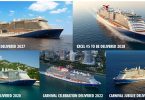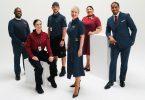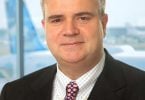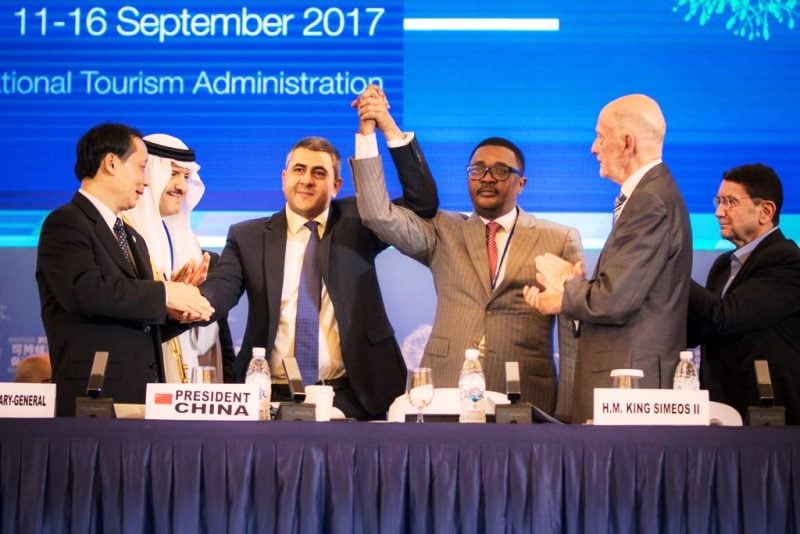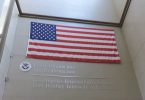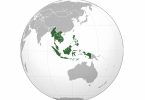MANILA, Philippines – A group of doctors who have been friends since their preschool days are among the many reasons why the Philippines stands a good chance of becoming a major destination for medical tourists.
Medical tourists are those who go to other countries to have a medical procedure performed because of the cheaper cost.
The American Eye Center was put up in 1995 by eye doctors Jack Arroyo, Victor Jose Caparas, Cesar Ramon Espritu and Benjamin Cabrera. All four specialized in ophthalmology and went for further training here and abroad for their ophthalmologic subspecialties — Arroyo in Keratorefractive surgery; Cabrera in low vision and vision rehabilitation, external diseases and cataract; Caparas in cornea and anterior segment surgery and cataract; and Espiritu in cornea, external disease and uveitis.
Armed with his own expertise, the four went into group practice and in 1988 formed the Associated Eye Specialists, which now manages American Eye Center.
In its early years, the center’s patients were mostly local residents but soon balikbayans and foreigners, mainly from Guam, and members of the diplomatic corps in the region started coming in.
The biggest come-on to medical tourists is the low cost of the different medical procedures in the country. A Lasik surgery here, for instance, costs only about a third of the price tag for the same procedure in the US, which is about $2,500 per eye.
The American Eye Center is adopting a specific strategy to penetrate the medial tourism market. Although it already has patients from others countries, particularly the US, the center’s current efforts are focused on the Japanese, Korean and Taiwanese markets.
The center applies different approaches for each of these markets. For instance, Arroyo says talks are ongoing with a Japanese-owned hotel in Manila for an arrangement that would introduce the facility to Japanese clients and convince them to come to the Philippines for treatment at the American Eye Center.
American Eye Center, which started as a refractive center, is one of the first to bring into the country the laser-Lasik technology.
The group, recognizing the need for marketing, pursued an innovative advertising campaign that highlighted personal testimonies of known individuals on how safe and successful their own laser surgeries have been. These included former President Fidel V. Ramos, Sen. Joker Arroyo (Dr. Jack Arroyo’s uncle), Supreme Court Associate Justice Adolfo S. Azcuna, former Presidential spokesperson Fernando Barican, Davao City Mayor Rodrigo Duterte and several show biz people.
“Our advertising and marketing campaign focused on our technology not the doctors,” says Arroyo, a full partner in American Eye Center and president of Associated Eye Specialists.
“We believe that getting people who have tried laser surgery to talk about it is the most efficient way of promoting it,” he adds. “Besides, our models are rich enough to do it for free.”
The strategy worked: In no time, patients started coming in to undergo the procedure.
In November 2000, the team — which by then had already grown to include several other eye doctors and medical staff — expanded its service offerings from just refractive surgery to become a world-class diagnostic, therapeutic and surgical eye facility.
American Eye Center, according to Arroyo, is now one of the top five eye centers in Asia and No. 7 in the world in terms of the number of eye surgeries performed. As of end-2007, the center has operated on more than 25,000 eyes.
“Before, our patients were mostly older people, 60 years old and above. Today, younger people — even those in their late teens — go to the center for laser surgery,” he says.
Although its other services (diabetic retinopathy, age-related macular degenerate glaucoma, neuro ophthalmology, cornea esternal disease, low vison and pediatric ophthalmology) — have been attracting patients, 60 percent of American Eye Center’s business is still laser surgery.
American Eye Center’s service expansion and move to the Edsa Plaza Shangri-La Mall had the medical tourists market in its mind.
Arroyo is confident American Eye Center has a good chance of getting a chunk of the medical tourism market.
He has every reason to believe so. The center invested in state of the art technology and is a full-service ambulatory surgical facility accredited by both the Department of Health and the Philippine Health Insurance Corp. It has screening centers in several major hospitals in Metro Manila.
There are still many things that need to be done to achieve the goal of making the Philippines a major hub for medical tourists, like addressing most prospective visitors’ concerns over personal security and the lack of infrastructure, but the good thing is private industry players, like American Eye Center, don’t just wait for these issues to be resolved, they are moving and doing their share in realizing this vision for the country.
business.inquirer.net




